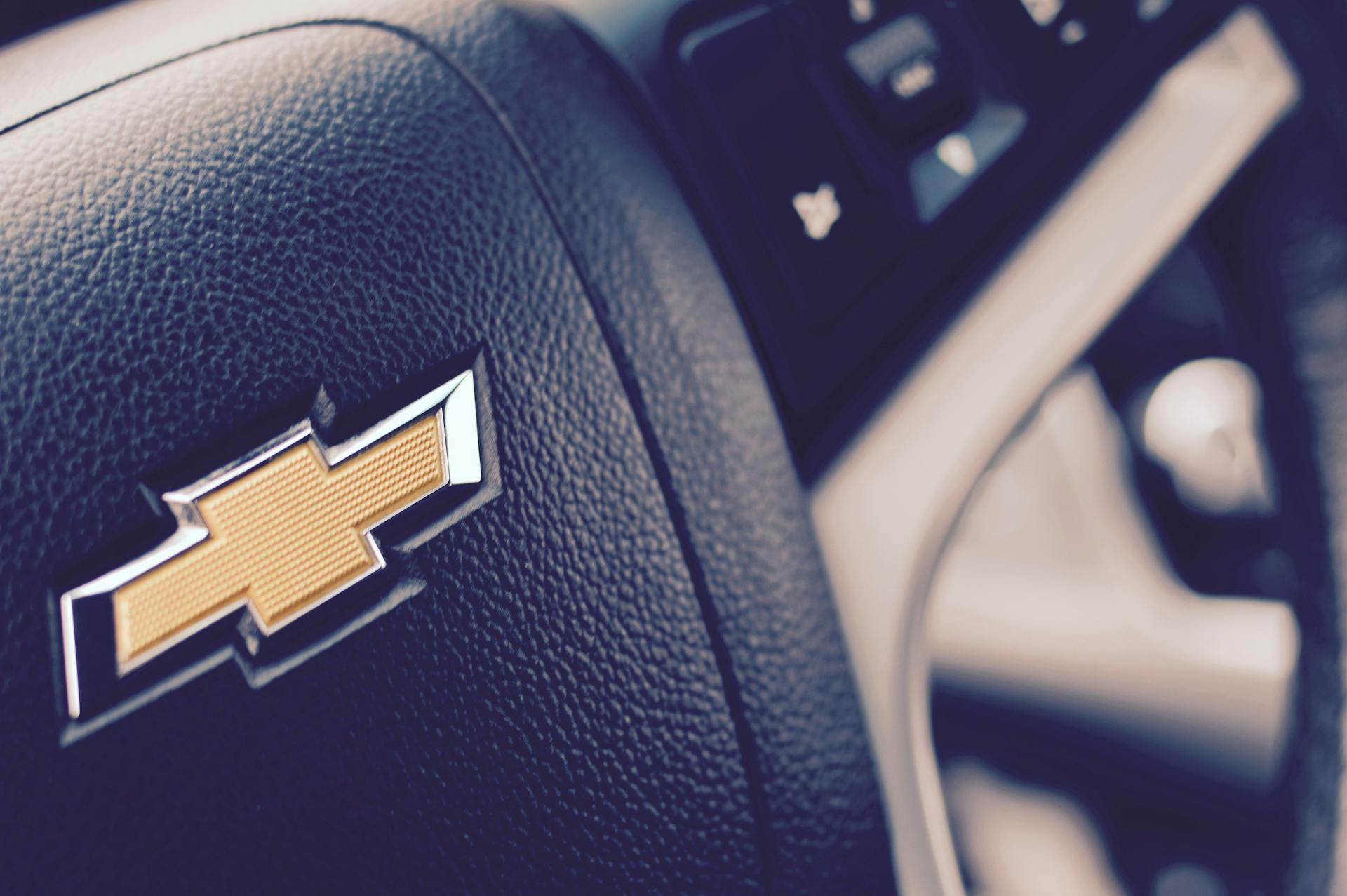Posted in Uncategorized

GM and its self-driving subsidiary, Cruise (for the purposes of this article, I’ll just lump them together as “GM”) are suing Ford for its recent use of BlueCruise to denote its latest semi-autonomous vehicle (AV) driving system “Intelligent Adaptive Cruise Control.” I agree, that is a mouthful. Also, “IACC” doesn’t exactly roll off of the tongue.
GM’s Super Cruise mark dates to 2016
GM has been using “Super Cruise” to denote its semi-AV system used in its vehicles. (For the sake of this discussion I won’t dive into the differences between the two systems). In fact, GM has secured (i.e., registered) two US trademarks for the mark “Super Cruise” for use with its semi-AV system. In fact, the earliest trademark application dates to June 20, 2016.
No Indication of Ford filing for BlueCruise mark (but has 3 trademarks involving Co-pilot360)
A quick review of the USPTO’s TESS trademark search system has not revealed any applications or registered marks for Ford’s “BlueCruise”, however. While it is possible that the TESS system may not have a record of a very recent filing, given the news reports (https://www.cnbc.com/2021/07/24/gm-cruise-sue-ford-to-block-use-of-bluecruise-name.html; https://www.bloomberg.com/news/articles/2021-07-24/gm-sues-ford-in-trademark-fight-over-branding-self-driving-cars?sref=gDaD7tru) it appears that the two companies have been talking for some time. In other words, Ford must have felt it was unnecessary to file one or more trademark applications (unlike GM) and simply decided to start using the mark BlueCruise.
However, previously called its system Co-pilot360 as recently as earlier this year (2021), but it decided to rename it BlueCruise. Ford even secured three registered trademarks including Co-pilot360: Co-pilot360, Ford Co-pilot360, and Lincoln Co-pilot360. So why drop those marks and switch to BlueCruise out of the blue? Could the allure of blue be so strong that Ford was compelled to de-brand and then re-brand with BlueCruise?
GM already has the Cruze mark
Interestingly, GM has trademarked a similar term for a recently discontinued vehicle – the Chevrolet Cruze. Indeed, GM currently holds a registered (i.e., live) trademark for “Cruze” – for motor land vehicles including structural parts thereof, except for wheel rims, interestingly. (Please note that I am summarizing the results of searches made via the USPTO TESS system, found here: https://www.uspto.gov/trademarks/search). The second is an application for “Cruze” for brake caliper covers, license plate frames, and floor mats – filed just earlier this year, on March 24, 2021. Why file a new application for a mark used for a discontinued car, and use it for automotive accessories? Hmmm…
Now, you may be thinking: Why didn’t GM just use Cruze in SuperCruze? GM registered the Cruze mark years ago. The Chevrolet Cruze was a well-received car. GM dropped the Cruze due to the overall decline in small car sales. Occasionally, a mark holder may not wish to continue to use the mark with negative market associations, but that doesn’t seem to be the case here. Perhaps there were some market studies, surveys, or other reasons. That brings us back to SuperCruise vs BlueCruise.
Path to BlueCruise
On the other side, Ford had to be aware of GM’s use of SuperCruise for semi-AV systems. GM has been using it in marketing materials and in its vehicles for some time now. Plus, automakers study each other’s activities intensely and constantly. Ford probably conducted the same type of research in coming up with the name BlueCruise. It may even have come up in such activity the GM mark SuperCruise. Wouldn’t that be interesting?
Is Cruise generic in the auto industry? Confusion between Super Cruise and BlueCruise?
Ford’s position is the term “cruise” is commonly used with cruise control (a speed holding device used for decades). However, cruise control is not the same as semi-AV systems. Ford’s quote goes almost to the point of using the word “generic” – a word that sends shivers down the spines of those in the trademark world – but didn’t actually go that far. I imagine someone saying, “Whatever you do, don’t use the word “‘generic’!” Ford could have gone other ways in naming its semi-AV system – for example, it could have been called FordCruise, Blue Oval Cruise, or something else entirely. They must have felt (and still feel) that BlueCruise was worth the risk.
GM asserts that consumers will be confused by BlueCruise against its Super Cruise. Likelihood of confusion is a touchstone in the trademark world. While vehicles have had “cruise control” for decades, that term has been widely used and not a subject of a trademark battle. It will be interesting to see how this plays out.
Takeaways
There’s an old saying that the only ones who win in litigation are the lawyers. It appears that an amicable resolution was attempted but didn’t work out. If you’re thinking about a particular name for a product or service, it pays to have your IP counsel conduct a search. Discuss the results with them and possible alternatives. Costly litigation can be avoided. Legal counsel can be “problem avoiders” in addition to being “problem solvers”. Unfortunately, solving the problem in litigation may not leave either side very happy.


